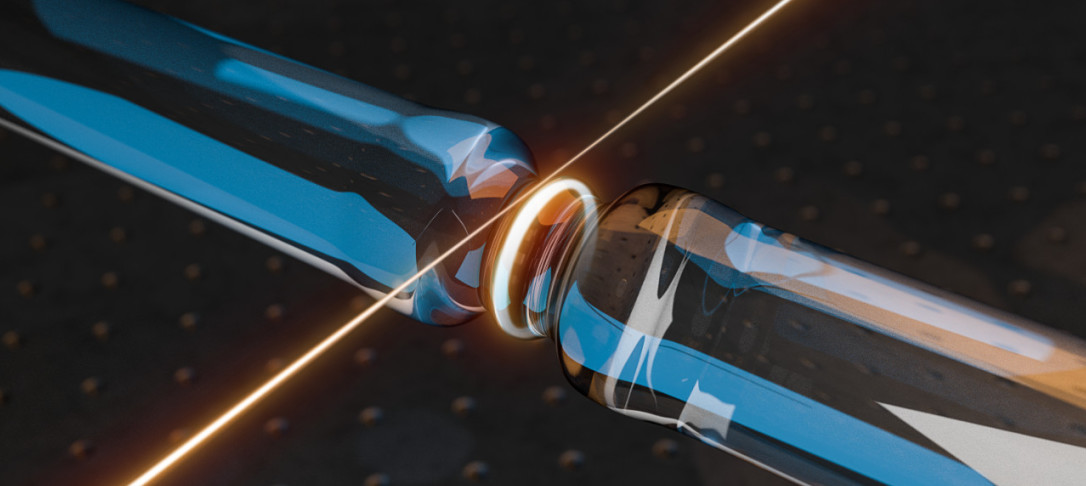
Brillouin optomechanics in whispering-gallery-mode microresonators: From strong coupling to single-phonon-level control
Dr Michael Vanner, Imperial College London
Cavity quantum optomechanics aims to utilize the tools of quantum optics to generate and study quantum states of motion of mechanical resonators and has recently undergone a surge of growth owing to its potential to contribute to both fundamental and applied physics. Within the field, several different experimental systems are pursued across the globe, including Fabry-Perot cavities with movable mirrors, levitated optomechanical systems, and other nano-optical implementations, each having their own advantages and disadvantages. In this talk, a new experimental direction–Brillouin optomechanics–will be discussed, which unites several favourable properties including very high mechanical frequencies (> 10 GHz), very low optical loss and absorption, and back-scatter operation which makes it a favourable candidate to overcome existing experimental roadblocks to engineer and utilize quantum states at a macroscopic scale. This talk will focus on two of our team’s most recent results in this direction: (i) the observation of Brillouin optomechanical strong coupling between the optical cavity field and these high-frequency mechanical vibrations, which enables optical control at a rate that exceeds the system’s decay rates [1], and (ii) performing heralded single-phonon addition and subtraction to a mechanical thermal state, which has the counterintuitive effect of approximately doubling the mean thermal occupation [2]. This research opens a rich avenue for further studies that test the very foundations of quantum mechanics and the development of powerful new quantum technologies, such as quantum memories and transducers.
[1] Enzian et al. Optica 6, 7 (2019).
[2] Enzian et al. arXiv:2006.11599 (accepted in Phys. Rev. Lett.).


